Clayton Bailey's World of Wonders Reimagined

World of Wonders
Polsky Building
225 S Main St
Akron, OH 44308
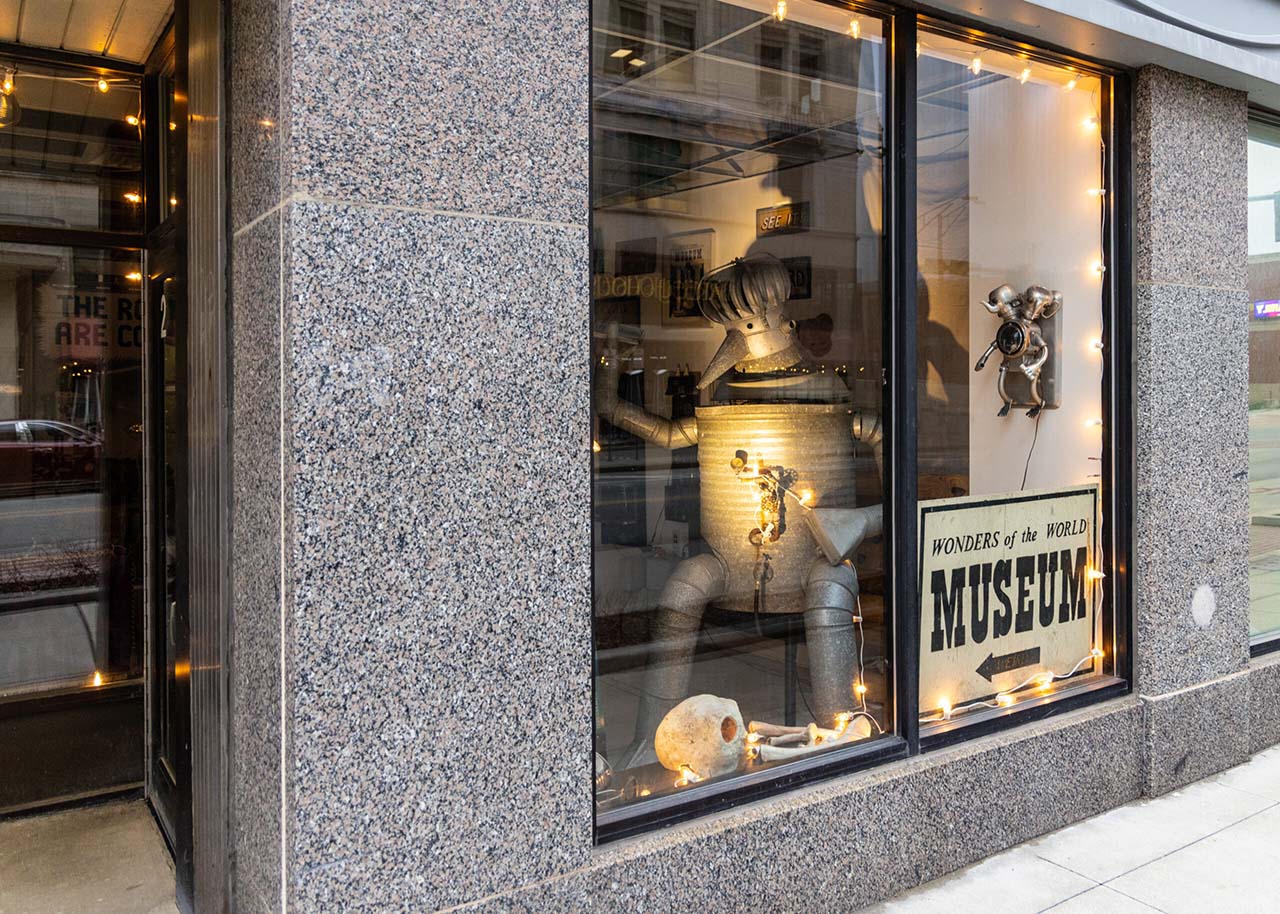
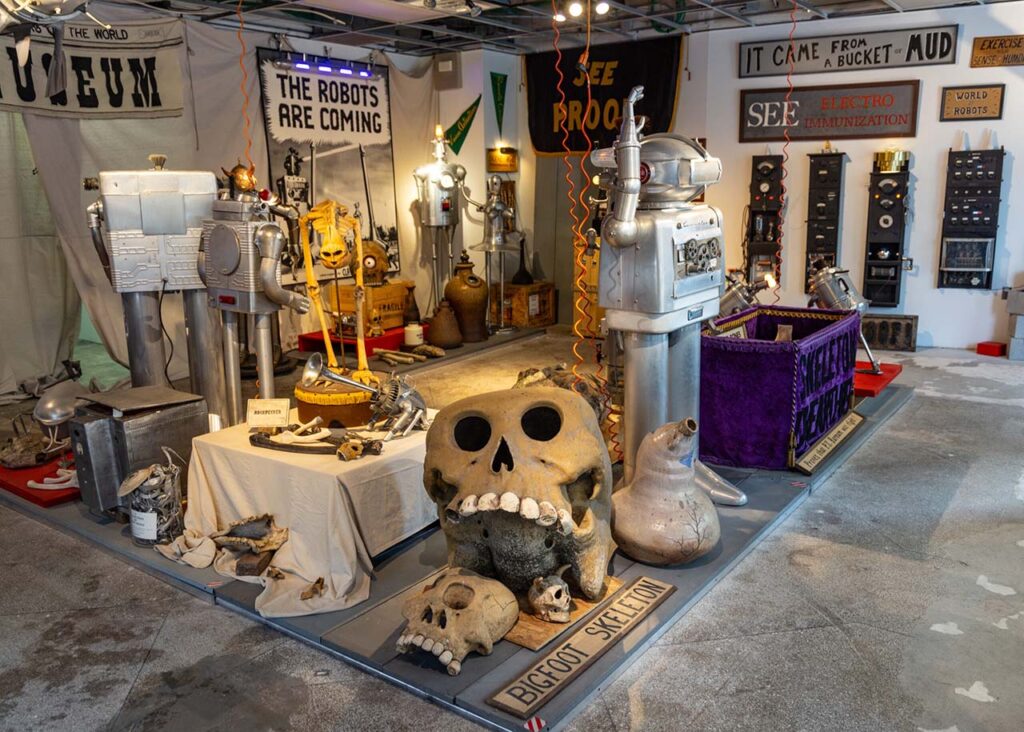
In 2021, Curated Storefront

World of Wonders
Polsky Building
225 S Main St
Akron, OH 44308


In 2021, Curated Storefront
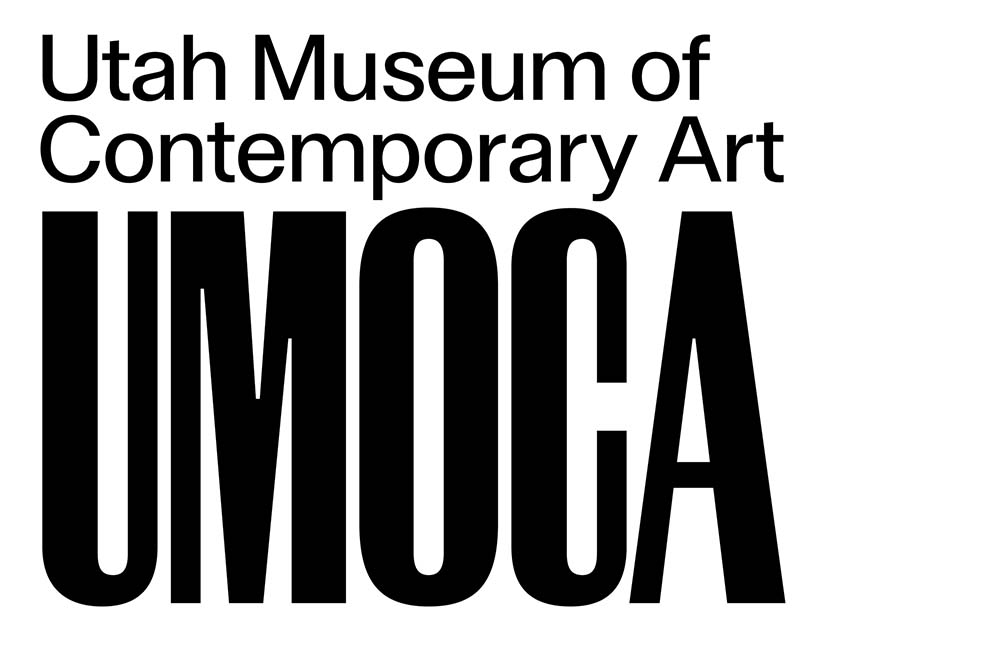
Utah Museum of Contemporary Art
20 S. West Temple
Salt Lake City UT 84101
Main text by Les Roka, with additional analysis by Richard Notkin and commentary by Wendy Tarlow Kaplan.
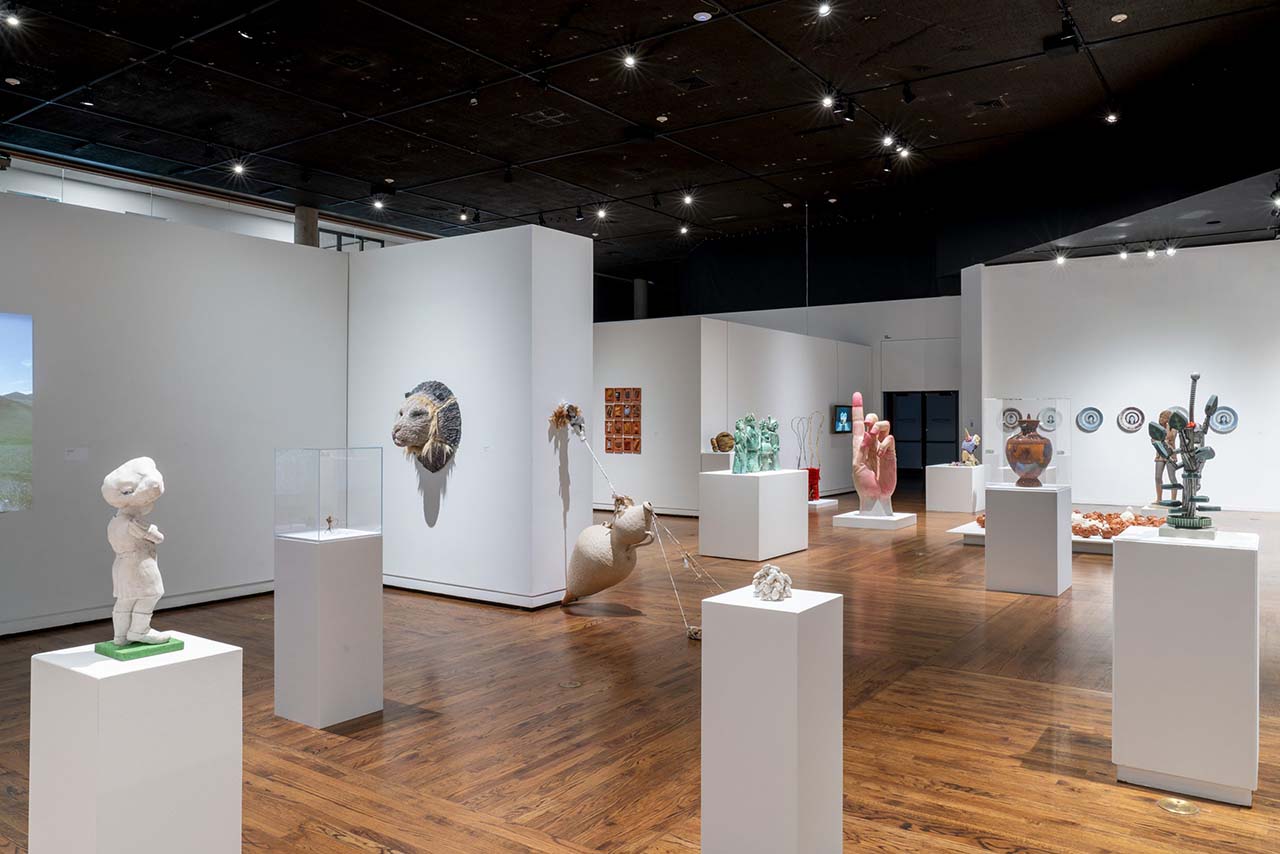

The Ruth Chandler Williamson Gallery
251 E. 11th St. Claremont
California 91711

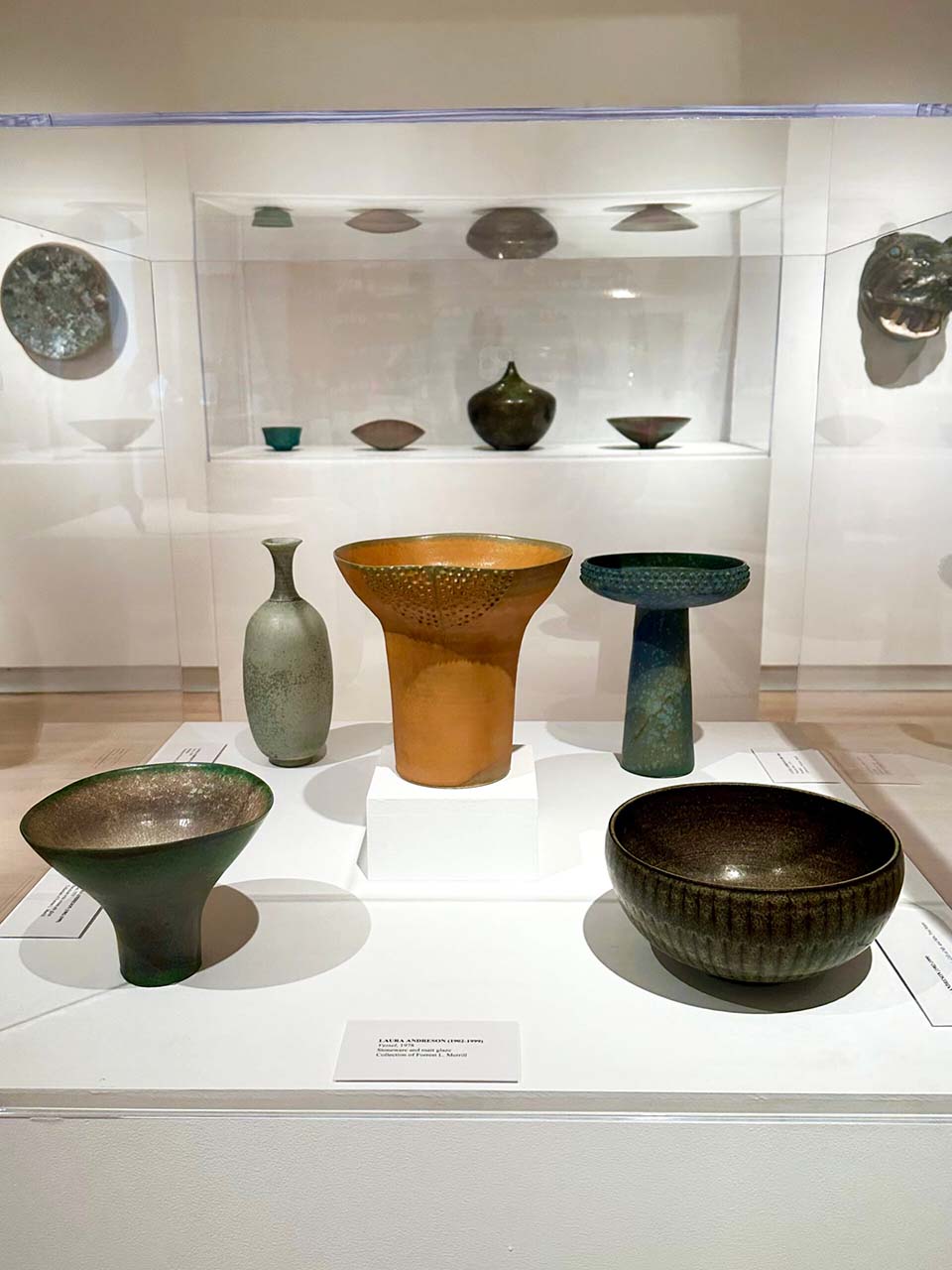
The unfolding history of California ceramics

HB381 Gallery
381 Broadway
New York, NY 10013
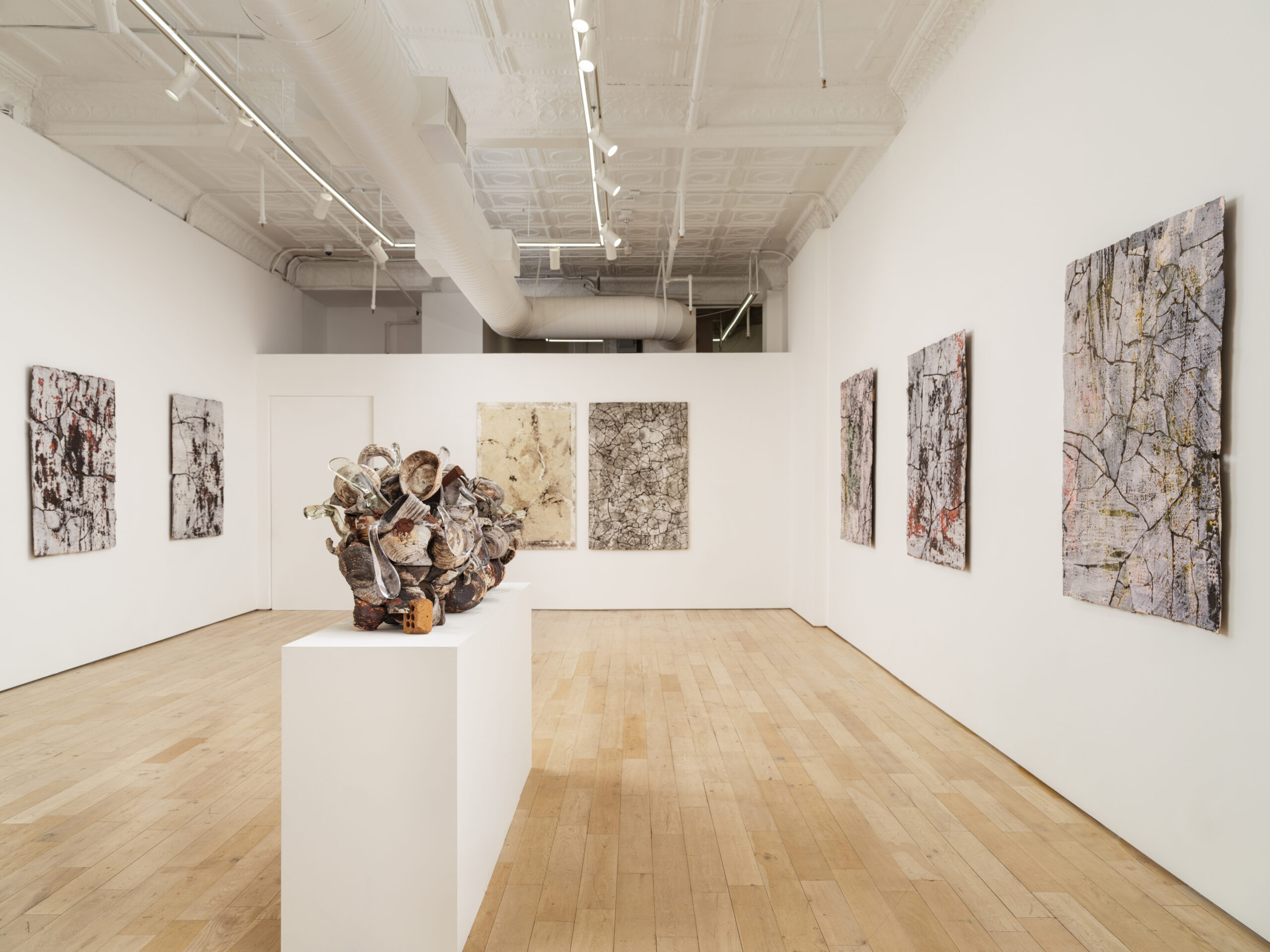
The biting Arctic air has arrived. The city's streets, typically bustling and buoyant, are now
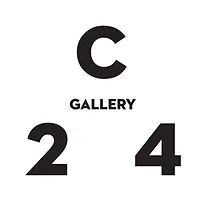
C24 Gallery - Chelsea, NYC 560 W 24th Street New York, NY 10011

On a suspiciously quiet Thursday evening near the Chelsea piers, the streets are bathed in fading sunlight, the day prematurely surrendering to dusk. The crowd of gallery

James Cohan Gallery - Tribeca, NYC 48 WALKER ST NEW YORK, NY 10013
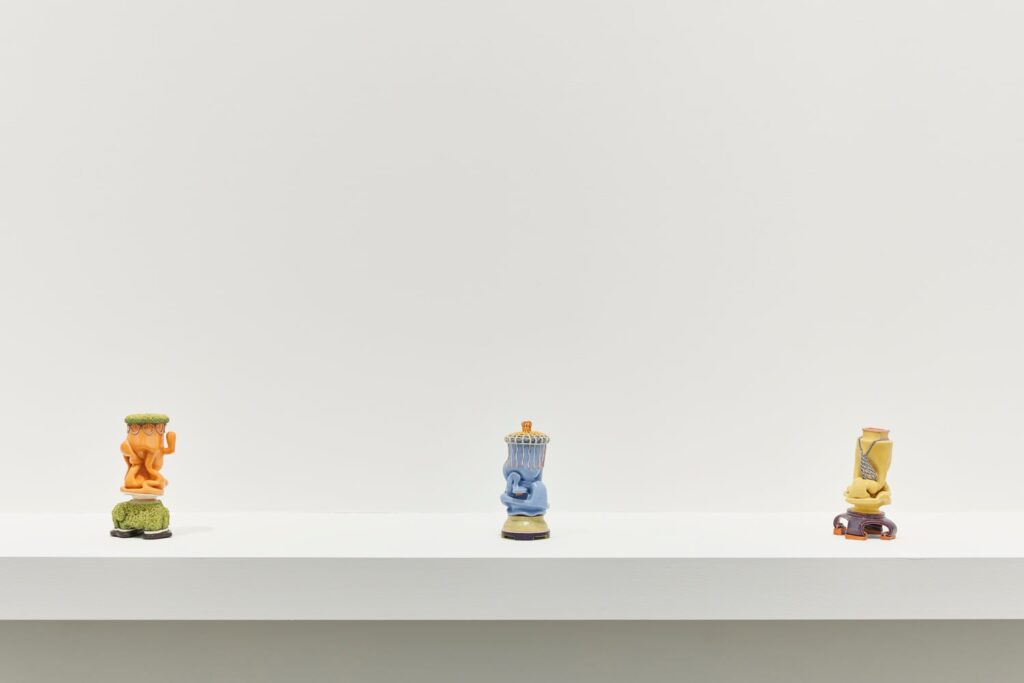
For over three decades, New York-based ceramic artist Kathy Butterly has ventured into the realms of color, form, and the intricacies of